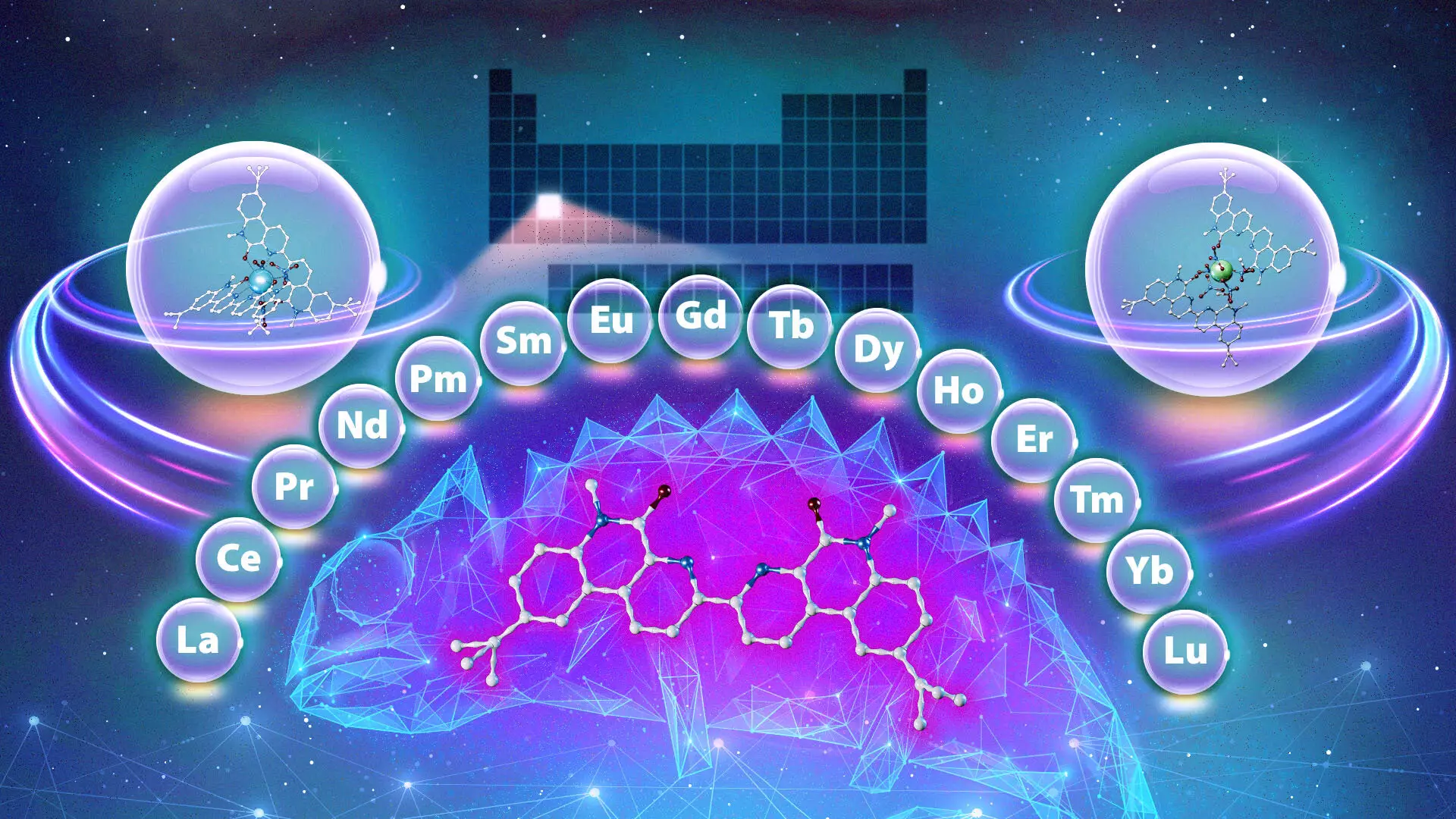In the pursuit of advancements in clean energy, medical technologies, and national security, rare-earth metals play a pivotal role. Recently, researchers at Oak Ridge National Laboratory (ORNL), in cooperation with Vanderbilt University, have shed light on an innovative chemical compound that could revolutionize how these metals, specifically lanthanides, are purified. The study highlights a ligand with chameleon-like properties—adapting its chemical behavior based on environmental conditions—which could streamline the cumbersome process of separating lanthanides from their ores.
Despite their name, rare-earth metals, including lanthanides, are not particularly scarce in nature. In fact, these 15 elements, along with a couple of others, can be found in abundance within various mineral deposits, akin to more familiar metals like copper or lead. However, the crux of the problem lies not in their availability, but rather in their purification. The nuanced similarities in size and chemistry between lanthanides complicate the isolation process, making it a labor-intensive and costly endeavor. This is where the expertise of ORNL’s Chemical Sciences Division comes into play, as they strive to enhance access to these valuable materials.
Current methodologies for purifying rare-earth metals primarily rely on the use of ligands—molecules that can selectively bind to specific metals in a mixture. Typically, these ligands are employed in an organic solvent, creating a system where the different components separate based on their affinity for the ligand. Such separations often involve tedious, multi-step processes, needing strict adherence to sequences either from heavy to light or vice versa. This not only increases the time required to achieve purity but also generates significant waste, which poses environmental concerns.
The discovery of the “chameleon” ligand offers a glimmer of hope in addressing these challenges. Unlike traditional ligands that typically exhibit a consistent binding preference, this innovative compound can adjust its binding behavior relative to varying experimental conditions.
The unique behavior of the chameleon ligand has the potential to significantly alter the landscape of rare-earth metal purification. According to ORNL researcher Subhamay Pramanik, the ligand’s adaptability means it can preferentially bind to different lanthanides based on factors such as acid concentration. This flexibility allows for successive separations utilizing the same compound under different conditions—a notable departure from existing methodologies that require specific ligands for distinct separation phases.
Santa Jansone-Popova, a co-leader of the study, emphasized this point, stating that the discovery opens up possibilities for performing multiple separations efficiently. Such advancements could not only streamline the purification process but also reduce the environmental footprint that often accompanies the separation of these crucial elements.
What’s more, the discovery of the chameleon ligand heralds an exciting opportunity for future research. The identification of this compound’s unique behavior lays the groundwork for further exploration into similar ligands that could exhibit comparable properties. According to Ilja Popovs, another co-leader of the study, this understanding is vital for expanding the frontiers of chemistry in lanthanide processing.
As the demand for clean energy solutions grows, the importance of accessible and efficiently purified rare-earth metals cannot be understated. Industries ranging from electronics to green technology rely on these materials, making the advancements in purification techniques not just beneficial but essential.
The work conducted at ORNL represents a promising step forward in the quest to efficiently refine rare-earth metals. With the introduction of the chameleon ligand, researchers have unveiled the potential for more sustainable and cost-effective purification methods. As studies delve deeper into the behavior of this ligand—and as new compounds are discovered—there is optimism about overcoming the complexities associated with lanthanide extraction. Ultimately, the implications of this research extend beyond laboratory confines, promising material benefits for various sectors reliant on rare-earth metals in their everyday operations. The journey toward unlocking their full potential has only just begun.


Leave a Reply